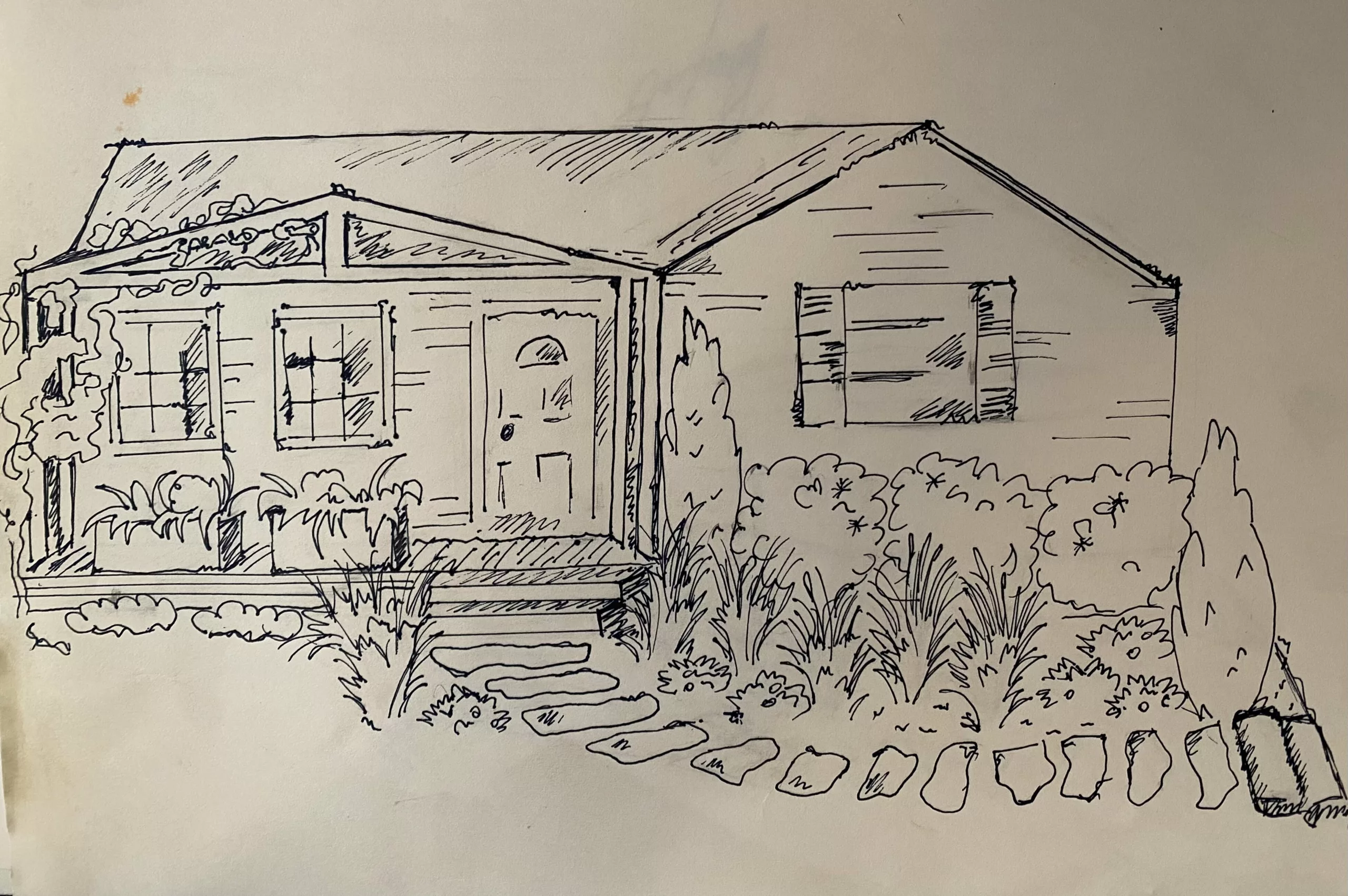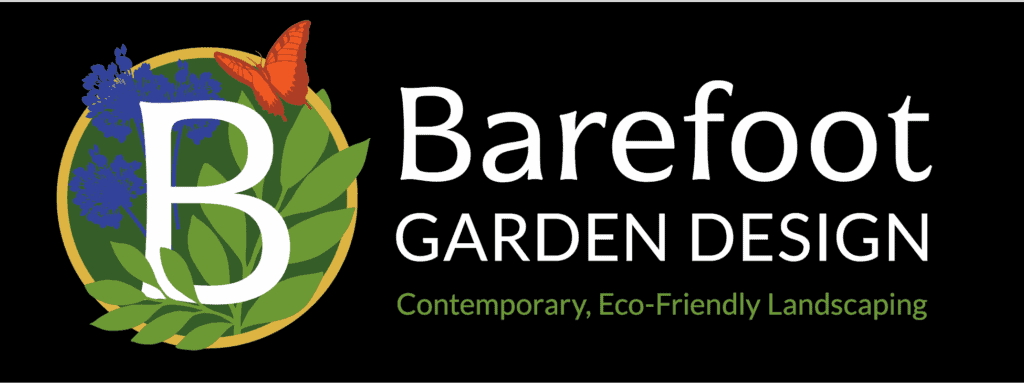“Pollinators” is quite the buzzword in eco-friendly gardening. And it definitely should be. Pollination plays a crucial role in making our gardens grow. But, in addition to pollination, there are so many important jobs wildlife can do around our gardens. Beneficial wildlife help our gardens in so many ways!
Today, let’s dig into learning more about beneficial wildlife, and how they help our gardens grow.
Roles of Beneficial Wildlife
Pollination
Just like plants provide for animals, animals provide for plants. There’s honestly no way one would survive long without the other. Pollination is, of course, one of the biggest ways animals help plants grow. More than one out of every three bites we take are thanks to pollinators!
But pollinators don’t necessarily have to be tiny winged creatures. Small rodents, ants, beetles, bats, and birds all help pollinate the plants they eat or live near. The flapping of a bird’s wings creates a breeze that pollinates the nearby flower, or pollen sticks to the fur of a little brown mouse, who rubs it against the pistils of other plants.
Seed Dispersal
Some of these beneficial wildlife, like bats, birds, and rodents, help to disperse the seeds of their local plants. Seeds can stick in an animal’s fur, or on their skin, only drop off somewhere far far away. Other times the seeds may be eaten by the animals and then dispersed in the animal’s feces. This is especially common with birds!
And you know, speaking of poop, animal dung is one of the best fertilizers for plants! Young and old plants can benefit from the extra decomposed nutrients, organic matter, and microbes after animals do their business. It helps regenerate the soil, which nourishes the plants!
Soil Regeneration
Animals are also master gardeners at preparing places to plant. Ever wondered how brush gets cleared away to make room for more seeds? Well it used to be the Indians, but we rounded them up and sent them to Oklahoma, so it’s up to the squirrels! Animals big and small chomp away underbrush, which clears the way for seeds to get plants.
In fact, some wildlife are so effective at clearing brush, there’s whole industries around it. Goatscaping is trending across the world as people realize that animals are even more effective than herbicides at clearing away tough underbrush. Goats can even eat poison ivy, poison oak, and poison sumac without adverse reactions!
Small garden animals
Depending on where you live, it may be next to impossible to keep goats around to clear away underbrush. But there are some smaller critters that are great to have around no matter where your garden is!
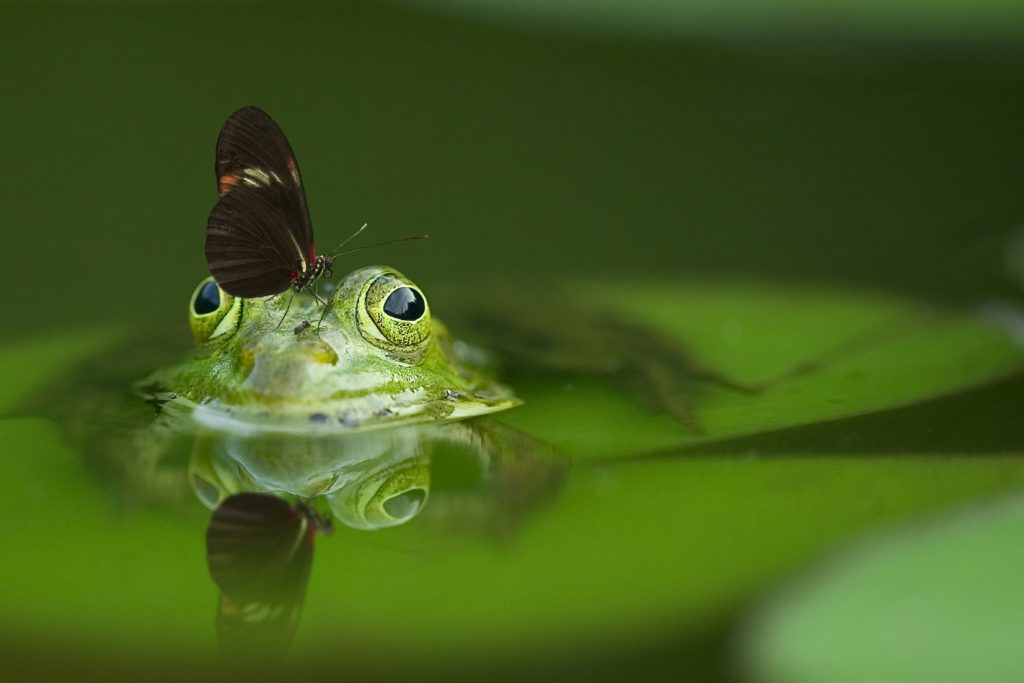
Frogs and Toads
Toads and frogs are amazingly effective pest control. They have quite an appetite for slugs, snails, and insects. In fact, one frog or toad can eat up to 10,000 insects in a summer!
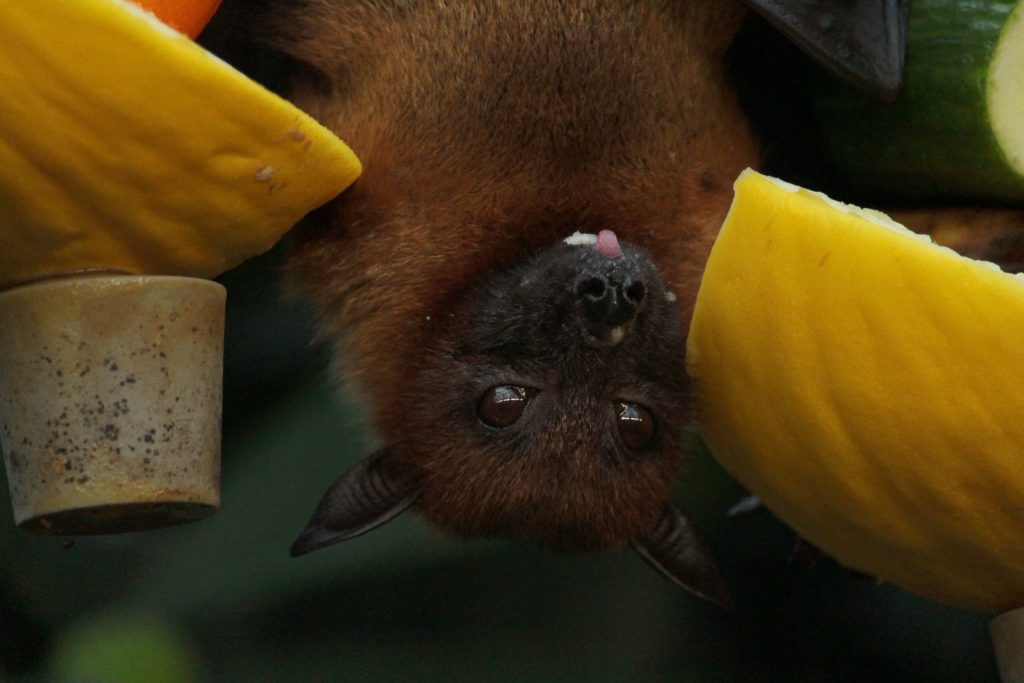
Bats
Fruit Bats make magnificent, if unexpected pollinators. They also eat species of predatory moths. To top it off, one bat can eat around 1,000 mosquitoes per hour. Enough said.

Bees
Bees are one of the most effective pollinators, and they are also pretty good at eating off their enemies (who are, in fact, bugs that harm our gardens). As their habitat declines and population plummets due to rampant pesticide use, it’s becoming more important than ever to include space for them in our gardens.

Butterflies
The #2 on our list of best pollinators! Butterflies are indicative of a healthy ecosystem, as they are extremely sensitive to environmental toxins. If you have butterflies around, keep up the good work of making your garden an eco-friendly sanctuary.
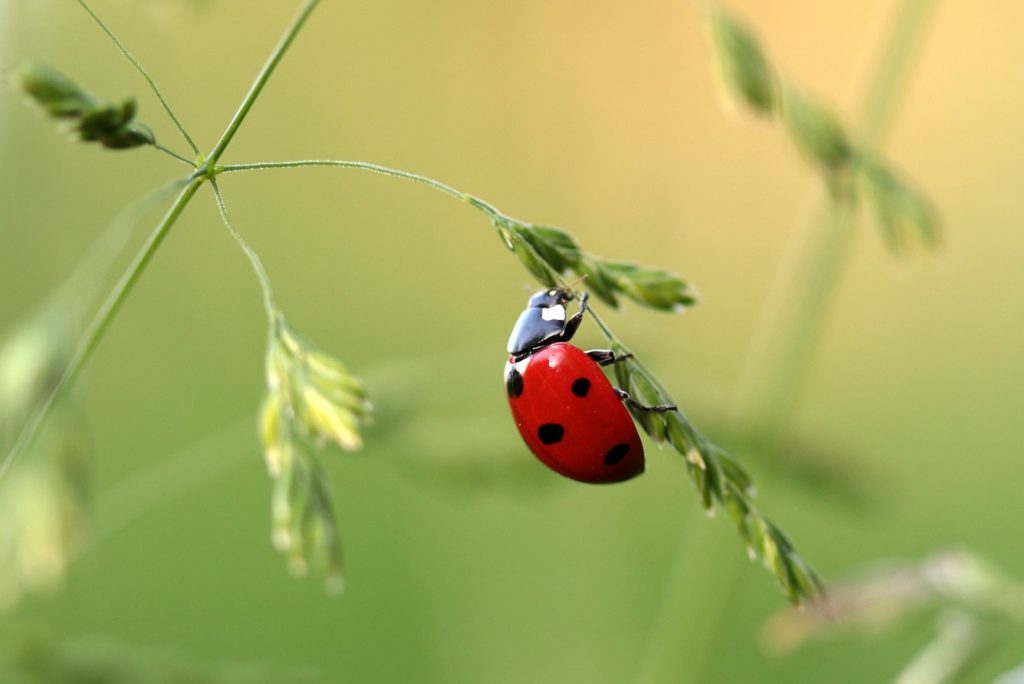
Ladybugs
Some species of ladybug are pollinators, but as a group, they are most famous for their superb pest-repelling skills. Ladybugs eat aphids, mites, and other pesky insects. In their lifetime, a ladybug can eat up to 5000 aphids. That’s saving you a lot of tomatoes!
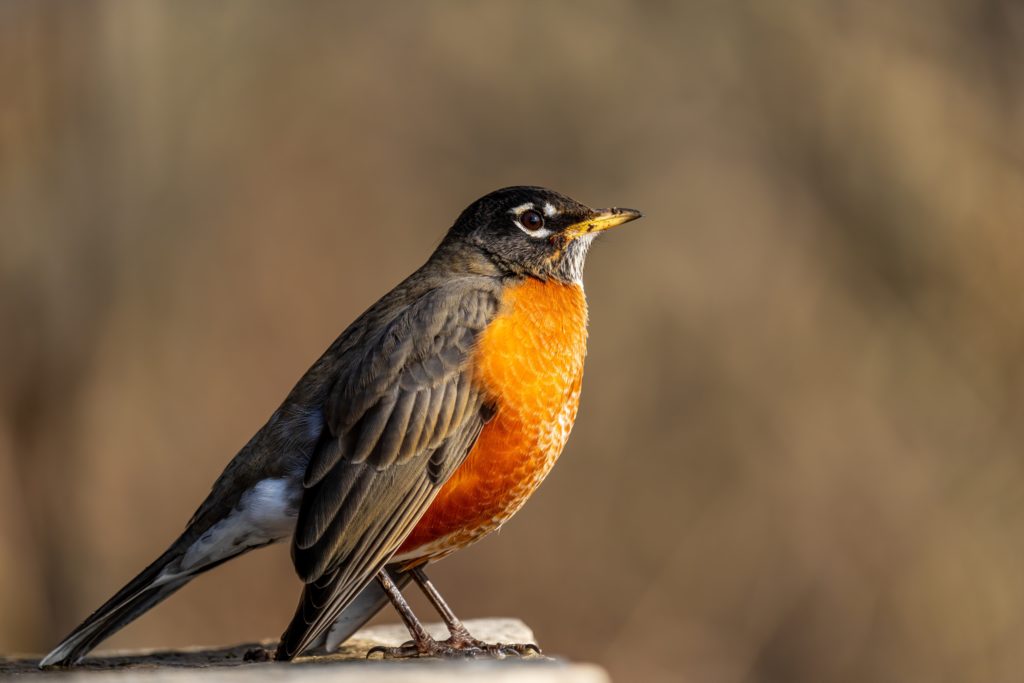
Birds
Another (surprisingly) great pollinator! Birds eat many, many insects, including mosquitos. They also eat predatory beetle species and other pests. Larger birds such as owls and hawks help control small rodent populations too!

Worms
There’s not one, but two ways that worms are the garden’s bomb-diggity. Composting worms turn organic material back into mineral-rich soil, which nourishes our plants. Earthmoving worms aerate soil so that the plant roots can grow, making it easier for nutrients to be absorbed. This also helps birds scratch through soil to help eat away grubs and soil-bourne pests!

Lizards
Lizards are pros at slug-eating and insect-eating, which helps keep your plants safe. They’re are also a good indicator of a healthy ecosystem! Lizards are extremely sensitive to heavy metals and toxins, so if they’re in your garden, you can feel good about growing safe-to-eat food!
All these animals have a common feature that they use to serve plants’ needs: poop! Yup, as each of these animals, big and small, scurry around to do their work, they leave little packets of fertilizer across the garden.
Next time you’re out in the garden, look out for these interesting little critters. See if you can catch them, hard at work, helping the garden grow!



